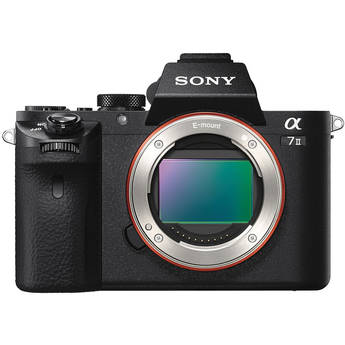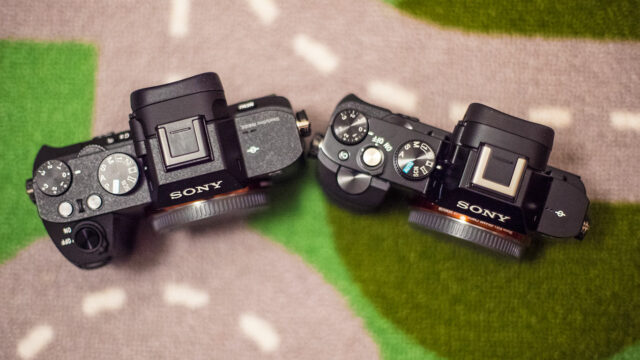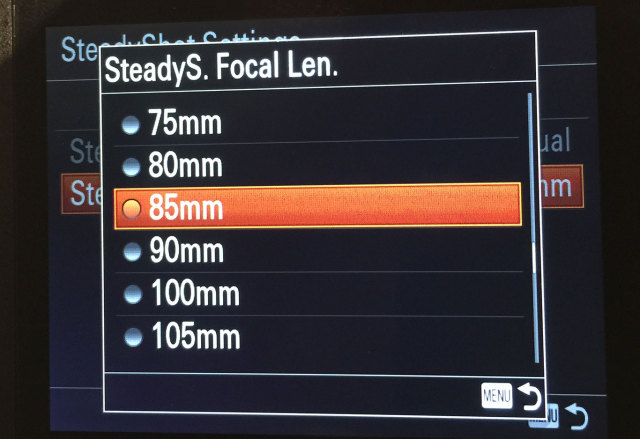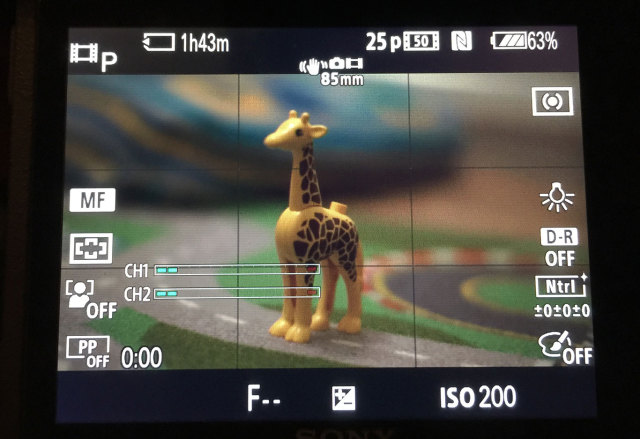Sony A7 vs. A7II – comparison & stabilizer test
Only a year after Sony released the A7, they already replaced the model with the A7II. Let’s have a quick look at the differences, as usual focusing on the video functionalities of the cameras.
There are three major differences between the two cameras:
Sensor Stabilization
First and foremost, there’s the new built-in 5 axis sensor-shift stabilization which is an industry-first for a full frame 35mm camera. Usually stabilization is built into some photo lenses, but here it’s built into the A7II body. That means for the first time, even manual lenses like cinema lenses can make use of stabilization, which is an industry first.
Pitch, Yaw, X/Y and roll are compensated within the camera. For Pitch & Yaw compensation, the camera needs to be aware of the focal length. If there is no communication between camera and the lens, you can input that information manually in the menu. That can be cumbersome with manual or third-party zoom lenses but it’s worth it.
It has to be said that stabilization built into the lens is generally better – it’s after all optimized for that lens and it generally gets rid of more heavy shake. However, the stabilization built into the A7II is good enough to get rid of the typical “micro vibrations” that you can see on countless DSLR videos on Vimeo, when somebody without a rig or steady hand shoots with a DSLR on a longer manual lens.
Looking at the bodies side-by-side, it’s obvious that the sensor stabilizer made the A7II noticeably bigger in size. It’s better in your hand now, however there’s an advantage in having a smaller camera for many projects.
Fast auto focus
The second biggest difference between the A7 and A7II is the fact that it now has the super-fast focus system that is already used on the A6000 camera. I wasn’t able to test this due to a lack of Sony E-Mount lenses. That focus system is especially relevant for photographers, but it also makes auto focusing for filmmakers more usable. According to Sony, auto focusing is 30% faster than before.
XAVC S codec
The third and final biggest difference between the old and the new A7 is the introduction of the XAVC S codec. This is a very robust 8-bit 50MBit MPEG-4 based codec that was first introduced with the A7s. It’s clear now that Sony sees XAVC in all its flavors as the future in all their cameras and that’s really great.
However, image quality in the A7II is the same as in the original A7 as it uses the same high-resolution sensor that is really optimized for photos rather than video, resulting in some aliasing and moiré. The A7s still delivers the most impressive video quality from Sony’s A7 line-up, even when not using its insane low-light capabilities.
I think we can expect an A7r Mark II and A7s Mark II at some point in 2015, if Sony keeps up with the rapid succesion of recent camera introductions.




























